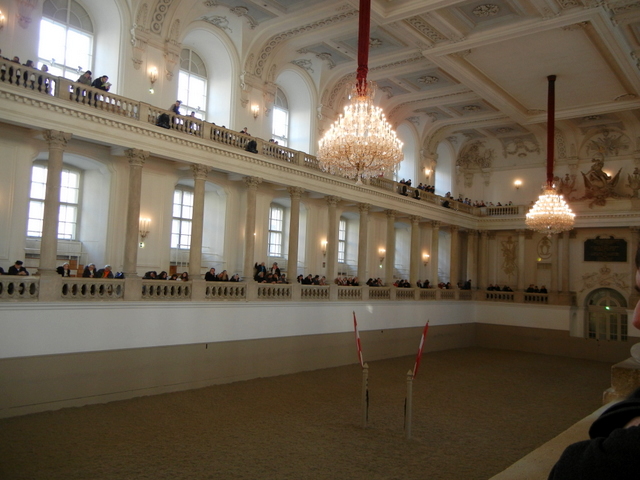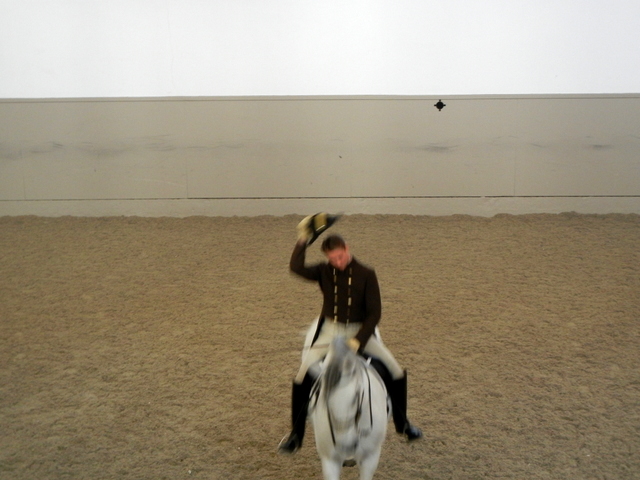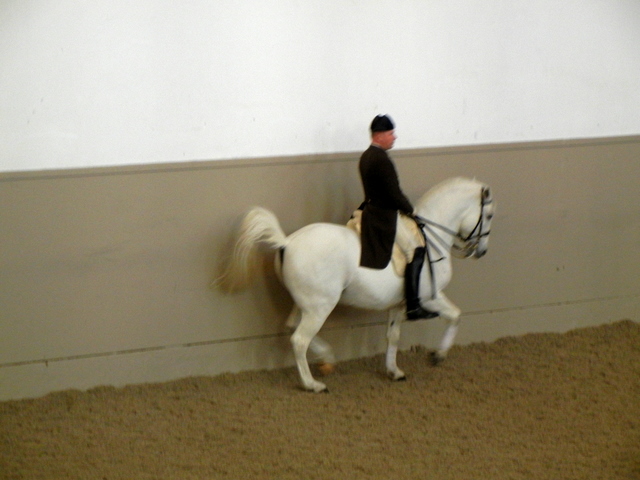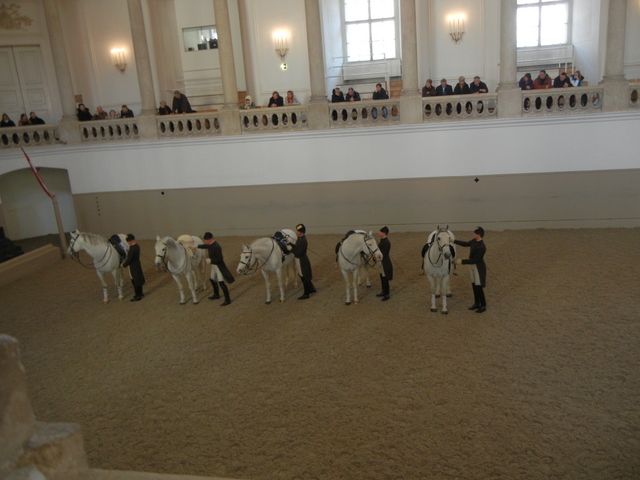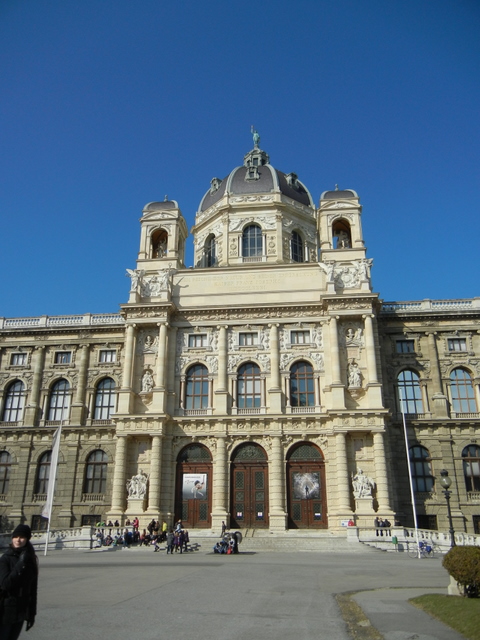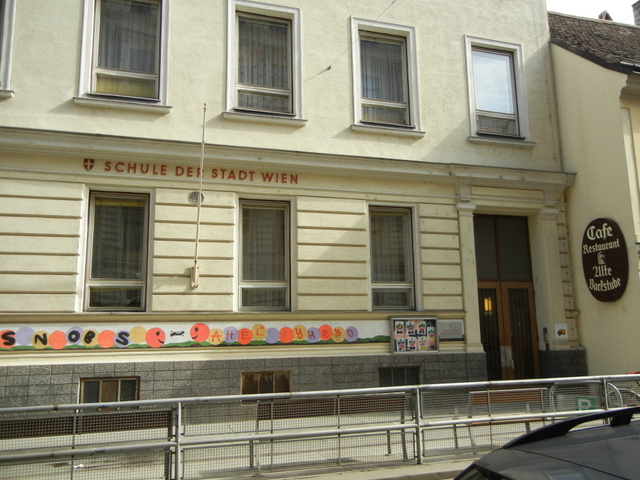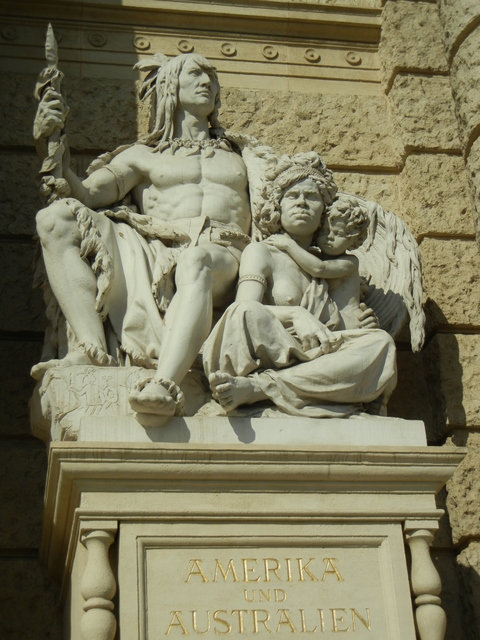When our daughter was almost 15, she participated in an exchange program to France: touring Paris, other cities down toward the south of France and a few weeks home-stay with a French family. She came home a confirmed Francophile/phone (and I had someone with whom I could hone my many years of studying that language).
One of the lovely consequences of her travel was the beginning of a long-term friendship with our friends, Chantal and Andre. They mothered and fathered her in France when she was a typical goofy teenager, and helped her with her French vocabulary. Over the years, we have watched and celebrated, via photos and packages, mail and email, the Christmas holidays, their move to a new city, new jobs and enterprises, our children matriculate through high school and into higher education, their oldest daughter and our son marry, and most recently, the birth of their first grandchild, a boy, and the anticipated arrival of our first grandchild, a girl.
They’ve been once to Montana, and our children visited them again during respective short and long-term residencies in Europe. So we were thrilled when they wrote to say they could visit us in Austria, while en vacances in Italy. Between our trip to Spain and a planned meeting in the Salzburg, Austria area, the timing was perfect!
The French occupied Graz at least once before, Napoleon in 1797, and laid siege to the Schloßberg in 1809. The Austrians successfully defended against 8 attacks but had to surrender after Austria was defeated by Napoleonic forces at the Battle of Wagram. All the Schloßberg fortifications were ordered destroyed but the bell tower and the civic clock tower, often used as the symbol of Graz, were spared after the people of Graz paid a ransom for their preservation. The Schloßberg is marked with plaques with references to Bonaparte and to the French in general.
Napoleon’s troops didn’t have a GPS to find Graz. Our French had one but it was fairly useless for direction into the Leechwald where we live! Our French arrived the day before Easter Sunday, bearing not arms but gifts: French cheese, wine, salami, house gifts, Italian Easter Bread and best of all, themselves!
The second day of their short visit, which was Easter Sunday, we took a trip out to the Piber Horse Farm, about 25 km from Graz. It’s the farm where the Lipizzaner Horses are bred and raised until they are about 4 years old, at which point, stallions who seem ready are sent to Vienna and the Spanish Riding School to continue their training. The mares stay on the farm to raise more foals! The stallions return to Piber when they are 25-28 years old to enjoy a well-deserved retirement.
It was a gorgeous day! Piber has a schloss (palace), an old church, a small but informative museum, and the farm!
But the real attraction at Piber is, of course, the horses. There were some new or soon to be new additions to the Lipizzaner family. The foals are born black or brown. At about 6 months they would join other 6-month old foals and their moms in a cohort of black, brown and white. Later, they would be branded, depending which of the of 6 Piber stallion ancestry lines they are born out of. And (gasp) some would be sold! One in about 100 is born black and stays that way. I wonder if we could get a discount on him?
I don’t think we can ever resist seeing the inside of these Austrian churches!
Lots of people were coming in their holiday best to Piber. This is a traditional Styrian look: green for the intense green of the land, blue for the sky and sometimes dotted with pink for the wildflowers.
The last day of their visit, Chantal wanted Sachertorte. Never mind that it’s in Vienna, many specialty bakeries or konditorei try their hands at the famous dessert. We found a great konditorei – no Sachertorte that day, but it did have some awesome desserts. We brought them back to split up after lunch. We also shared with Kristina via Skype! She was, after all, the reason for our original connection!
Although we weren’t sure, having just arrived back from Spain, what language we were speaking at any moment, there are some things that simply transcend differences in dialects and les langues maternelles. Friendship is one of those.
Merci bien for reading! Jusqu’à ce que plus tard!
© photos, unless noted, are property of the blog writer and may not be used or reproduced without permission.

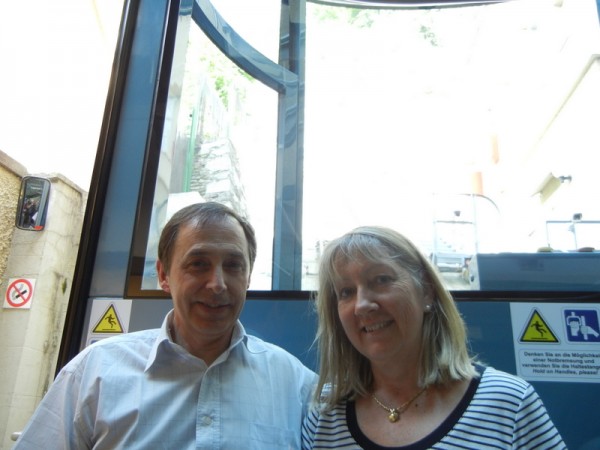
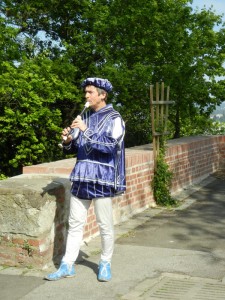
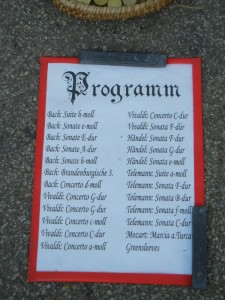
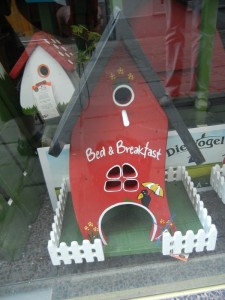
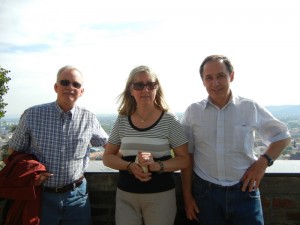
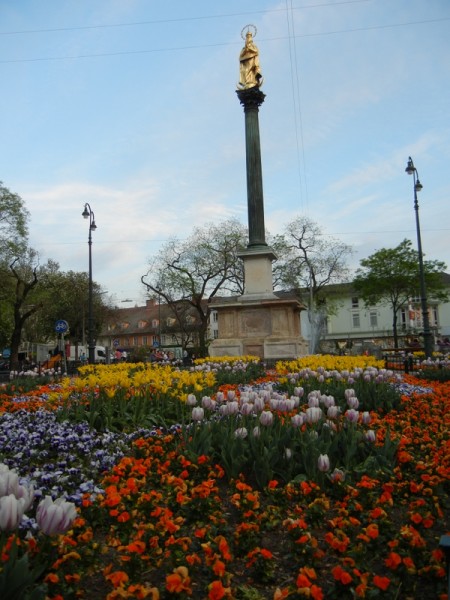
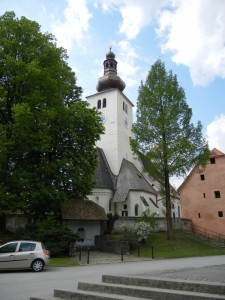
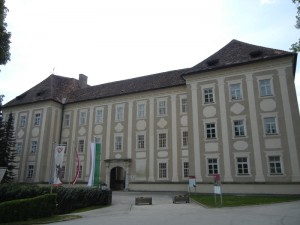
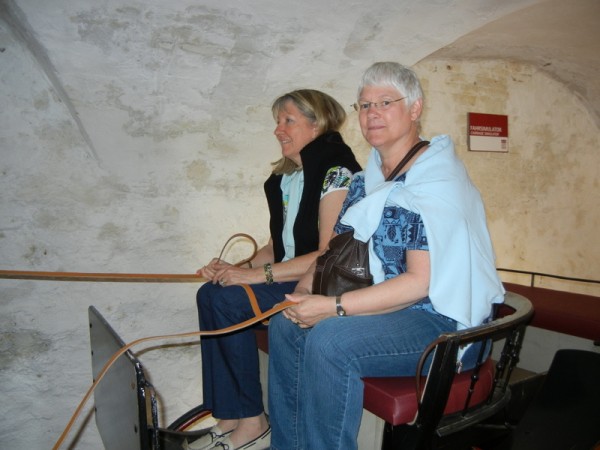
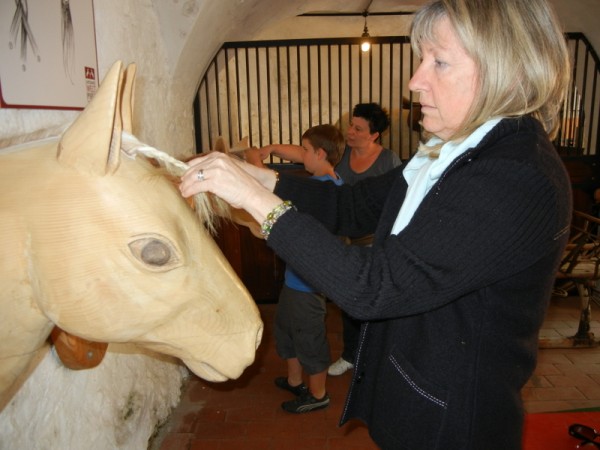
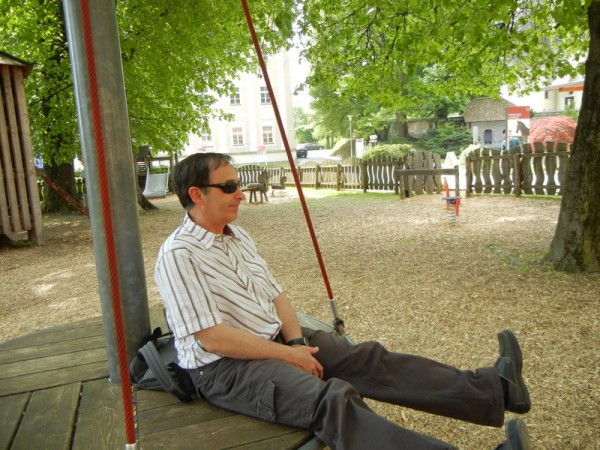
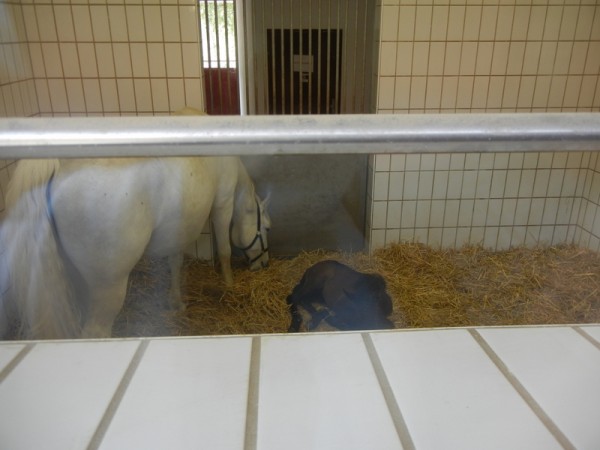
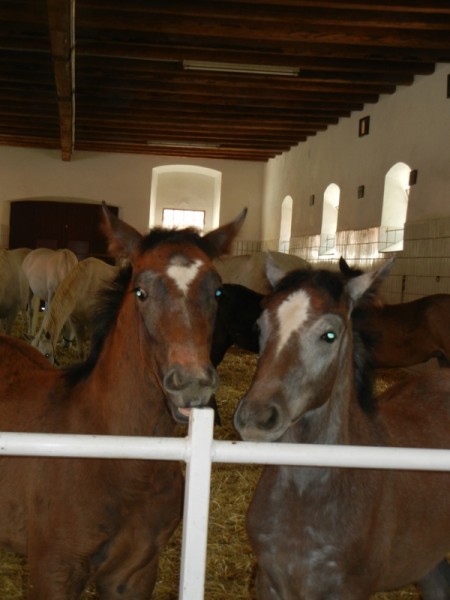
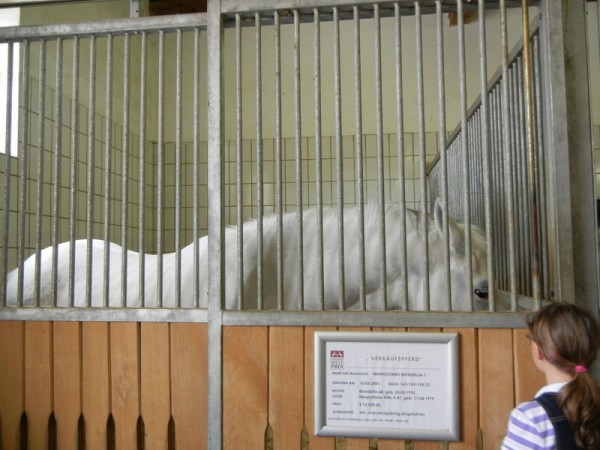
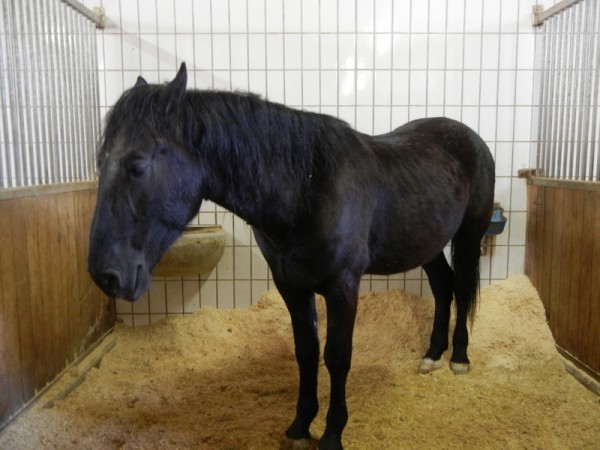
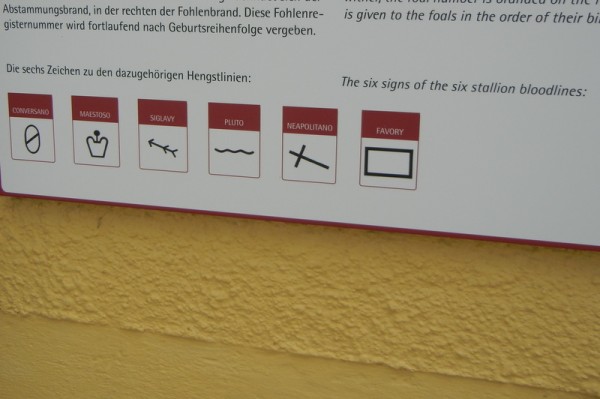
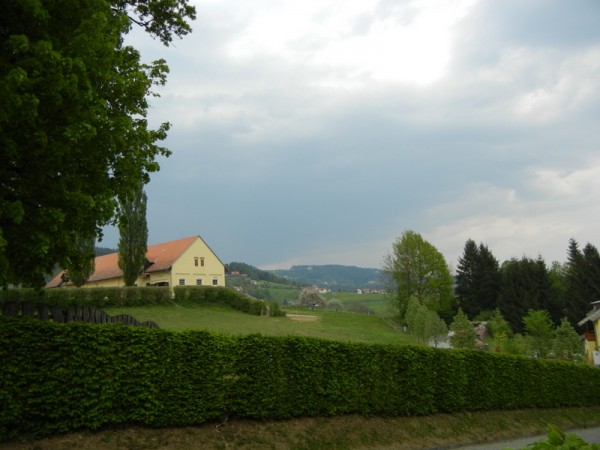
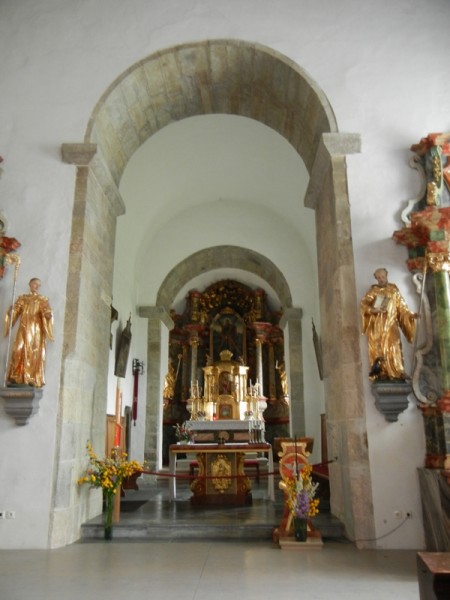
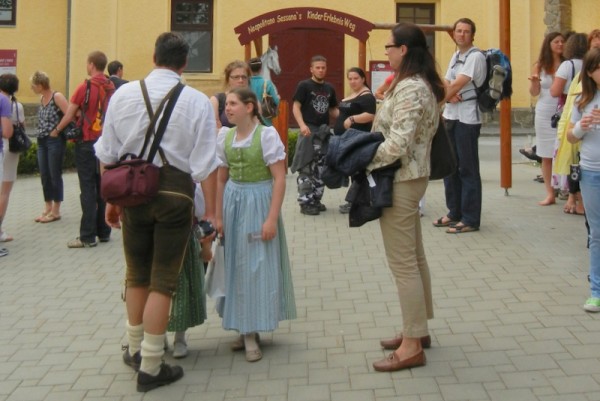
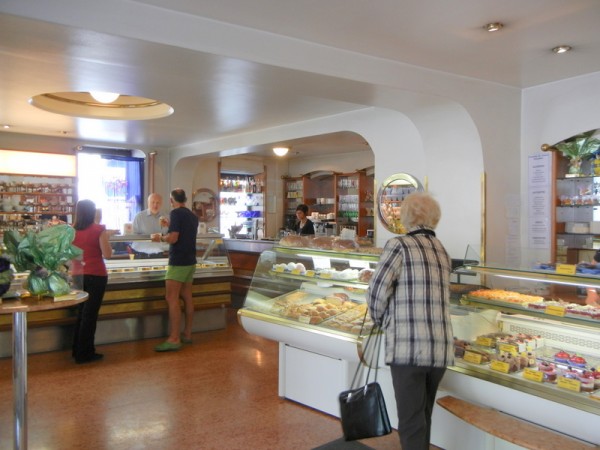
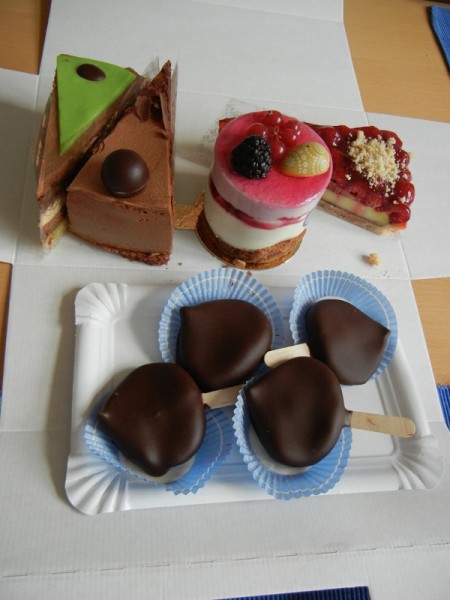
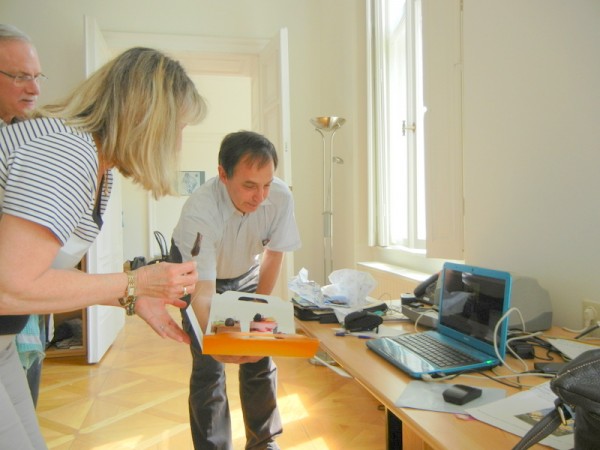
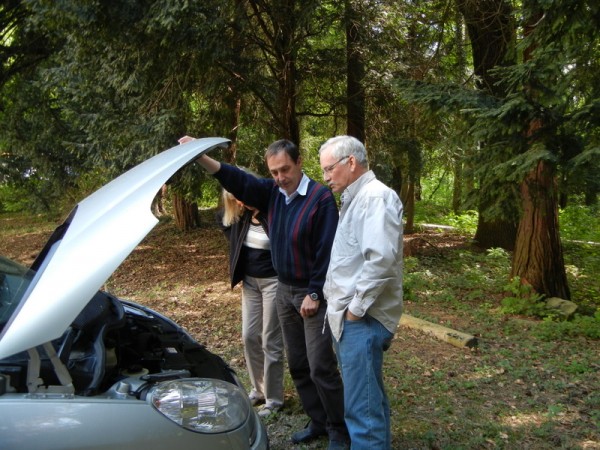
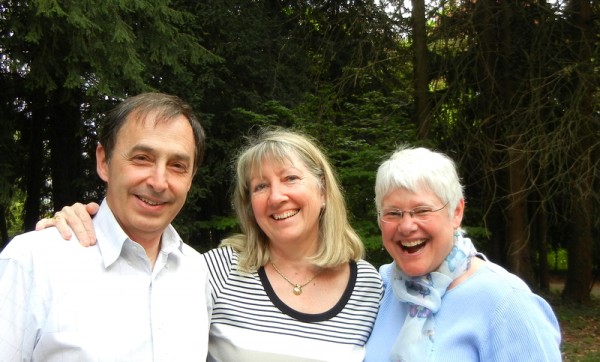
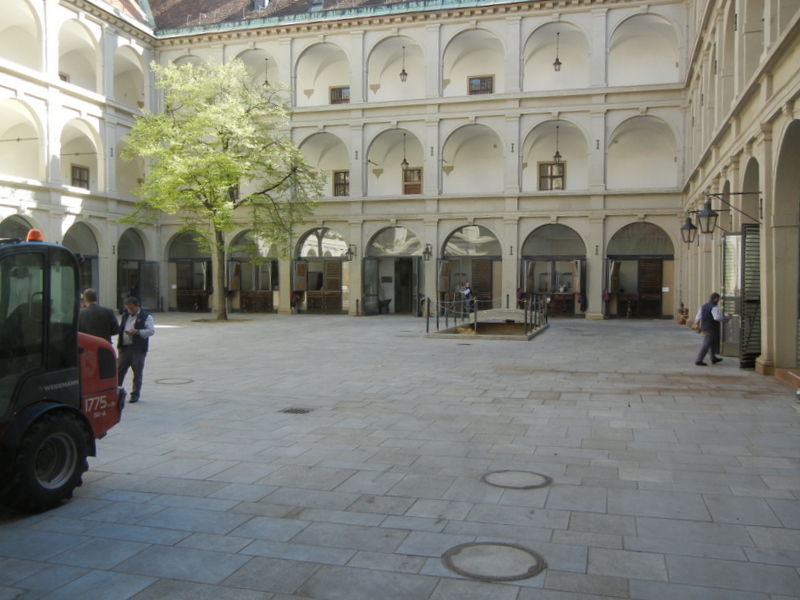

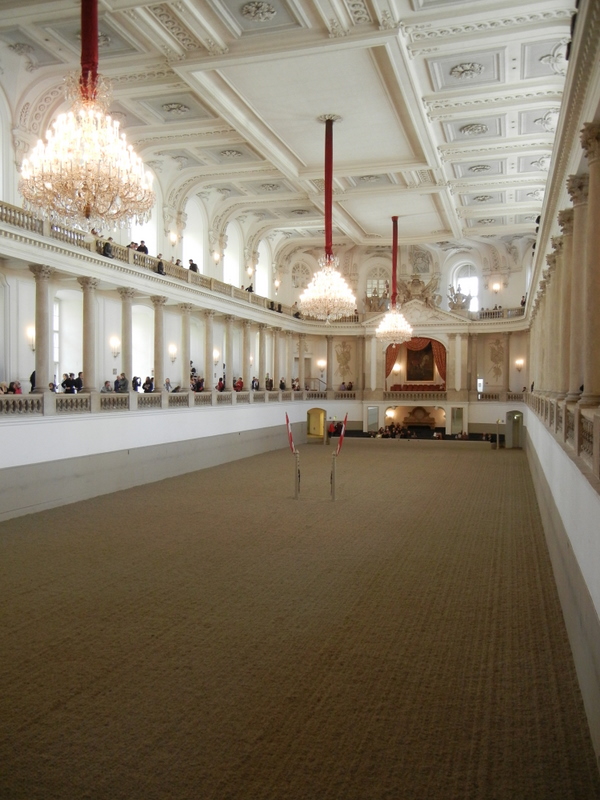
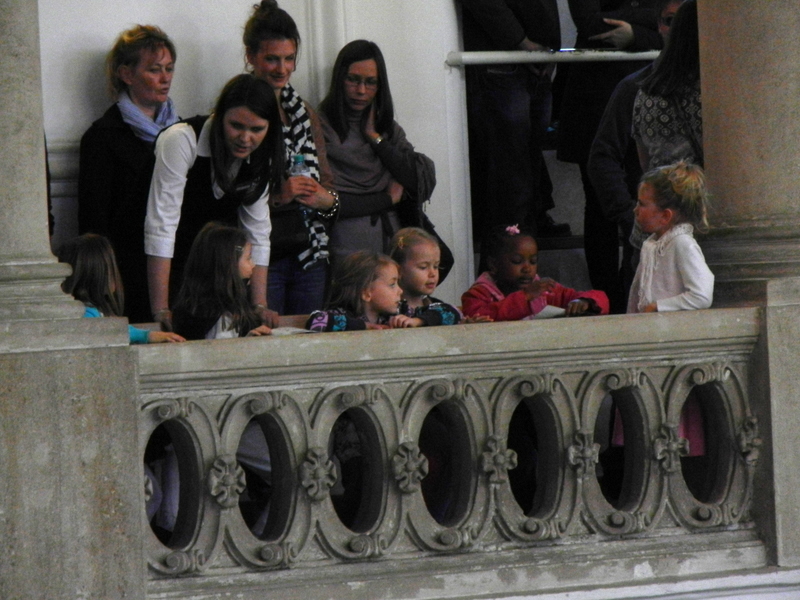
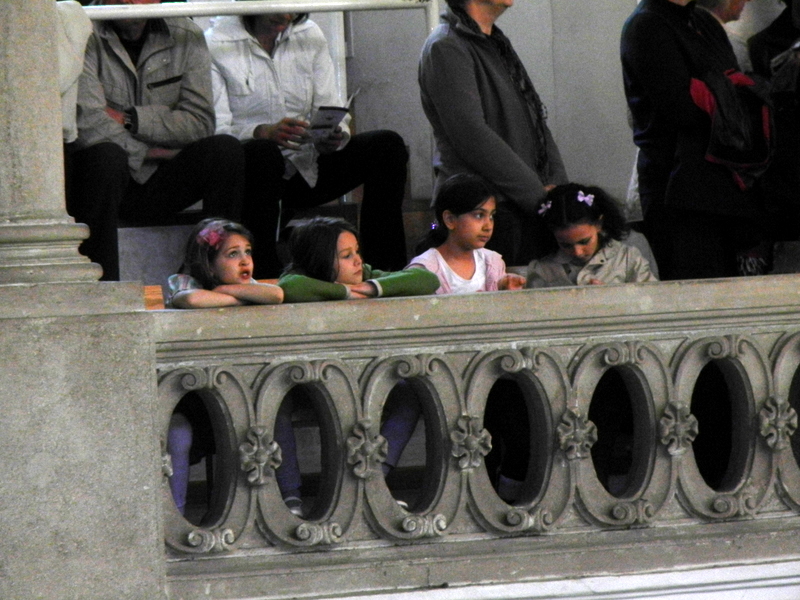
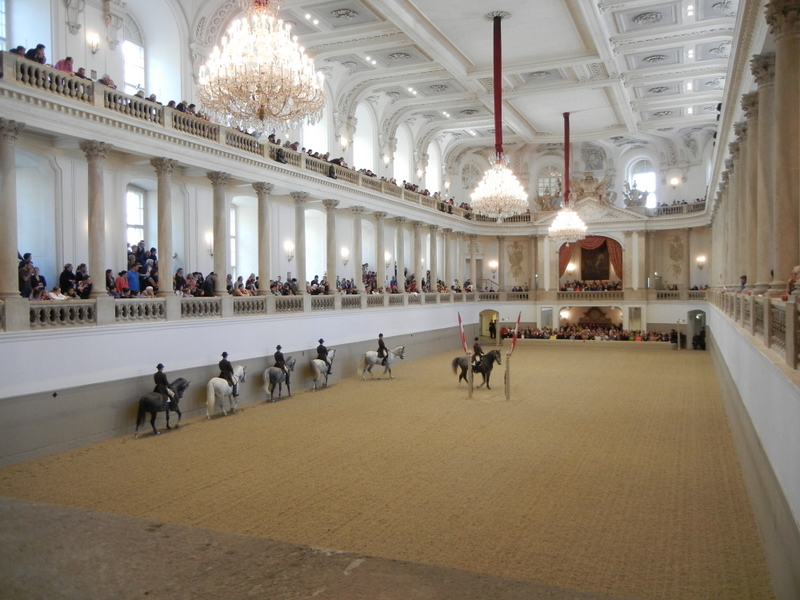

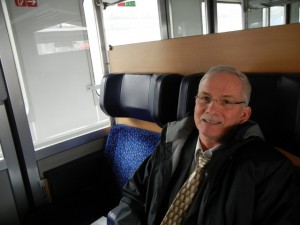
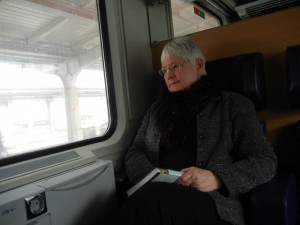
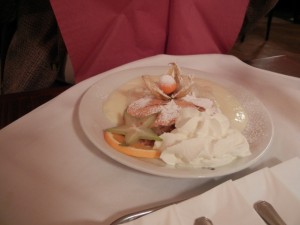
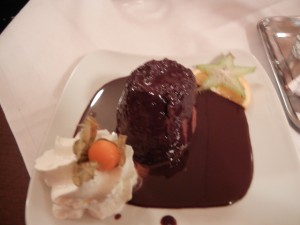
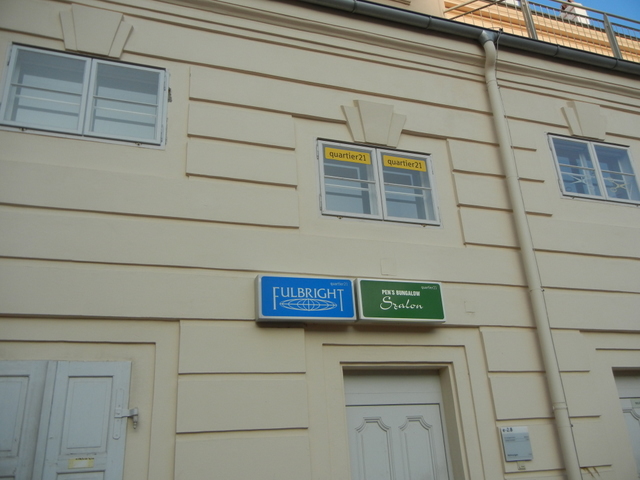

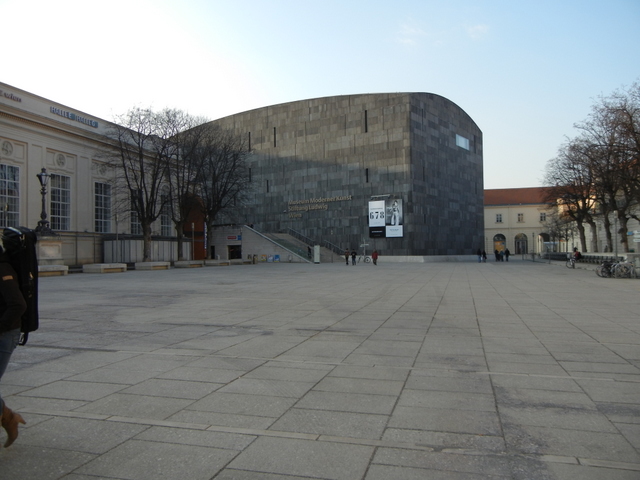
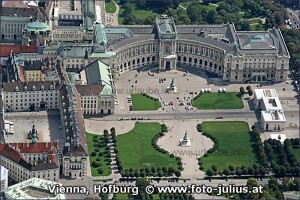
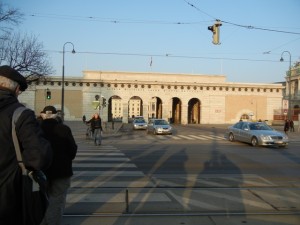
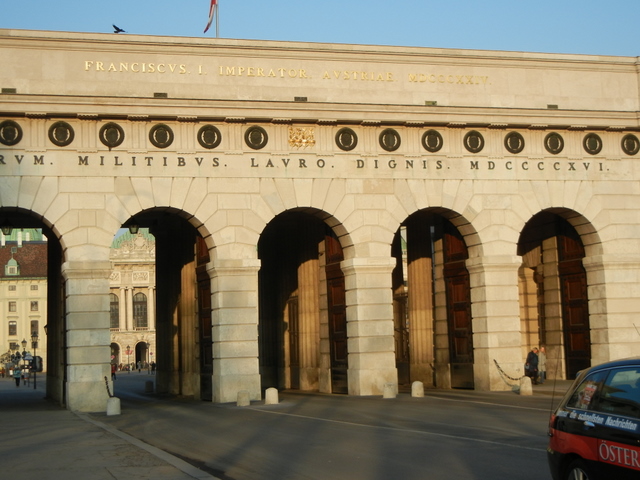
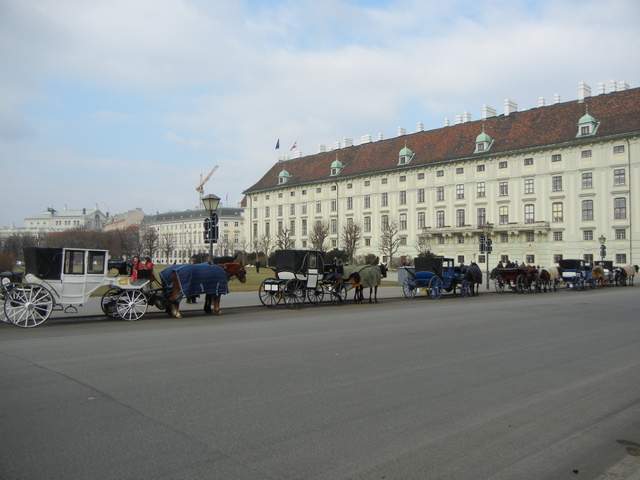
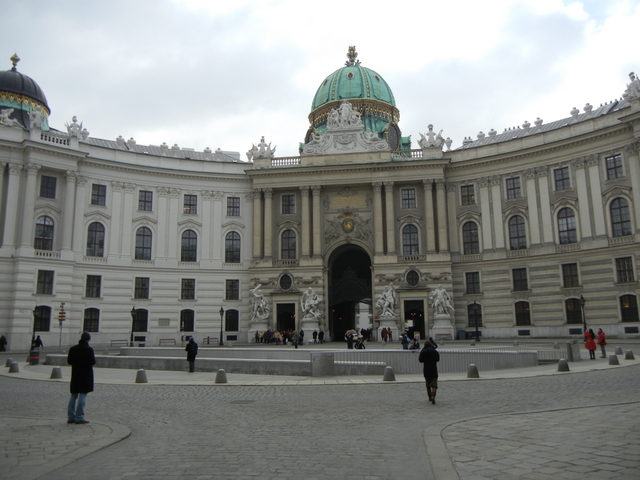
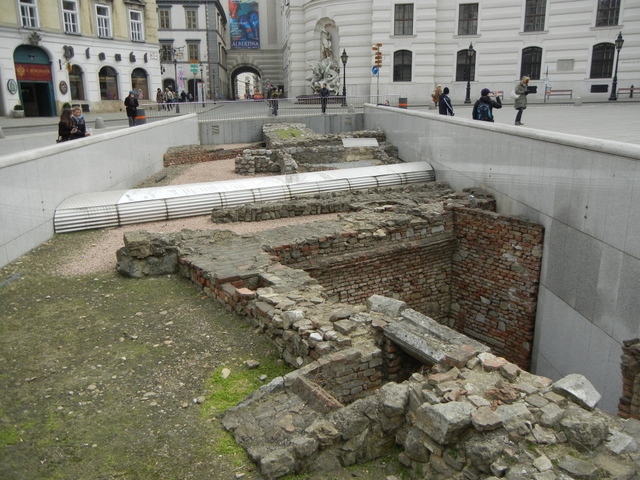
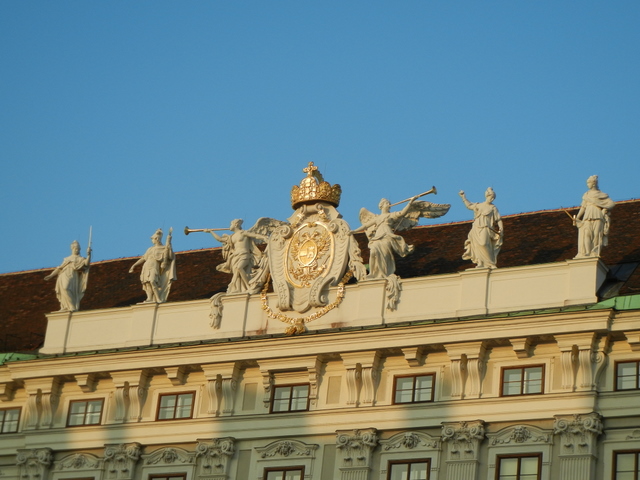
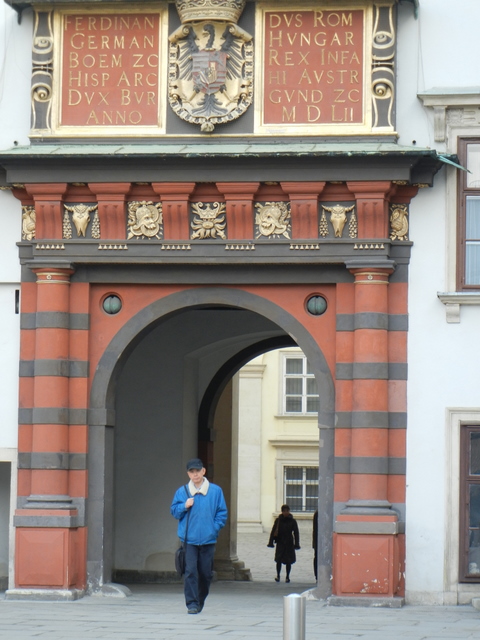
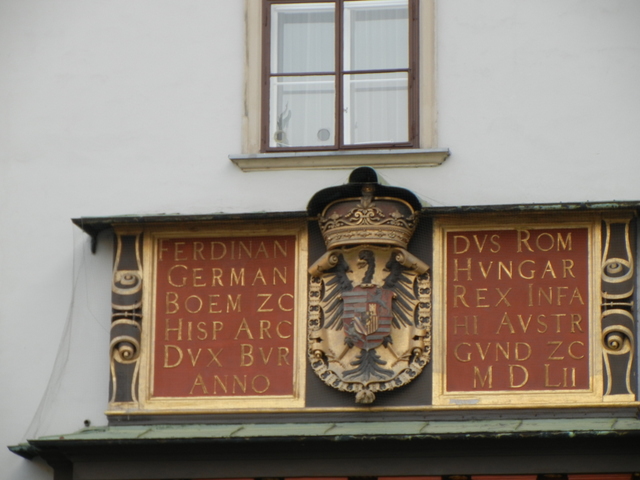
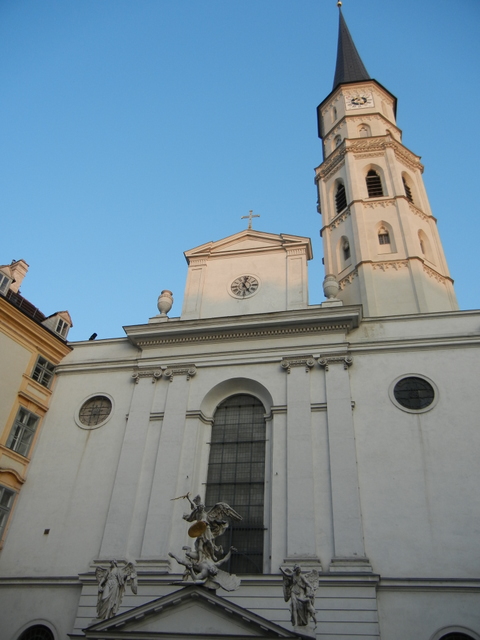
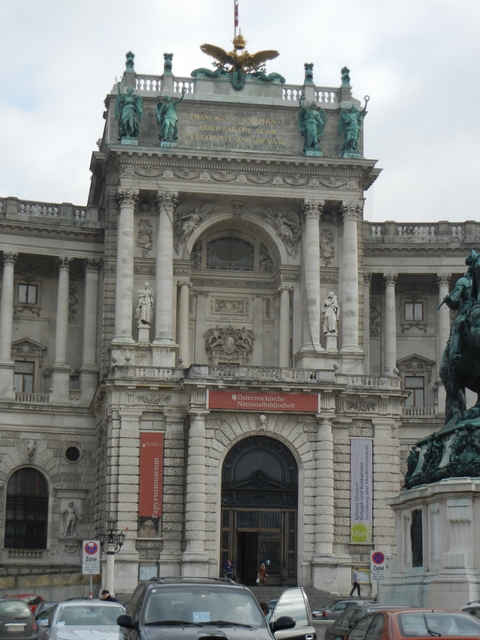
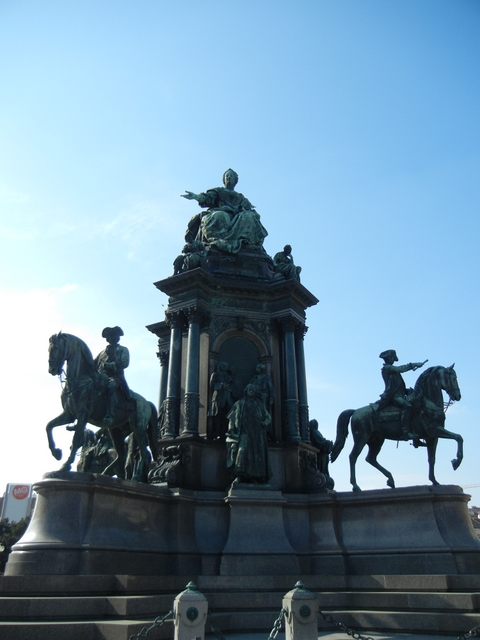
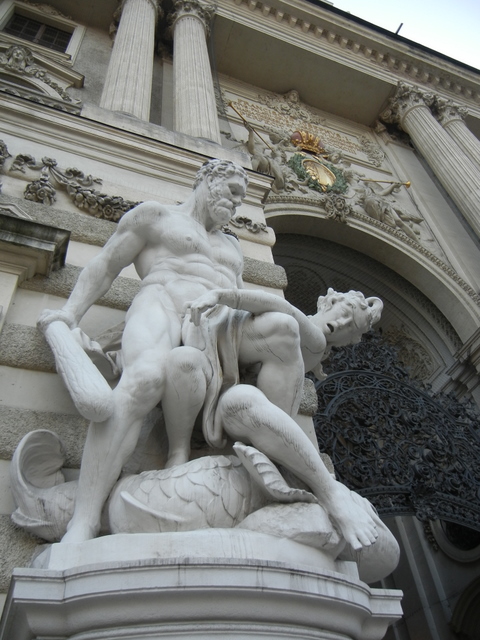
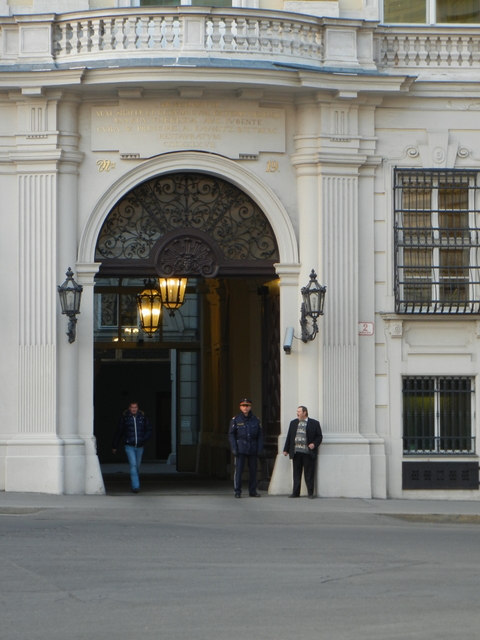
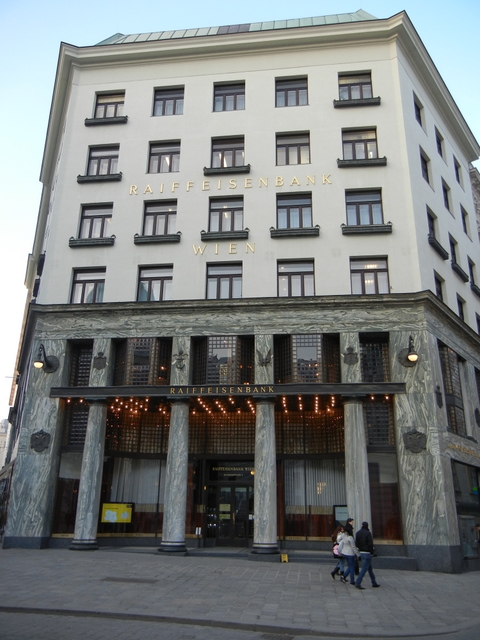
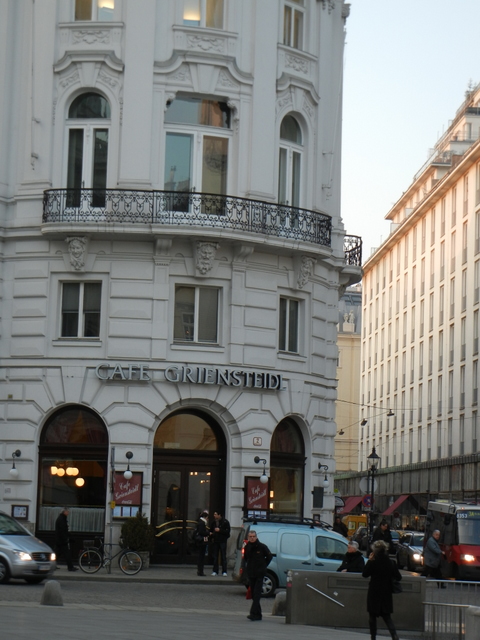

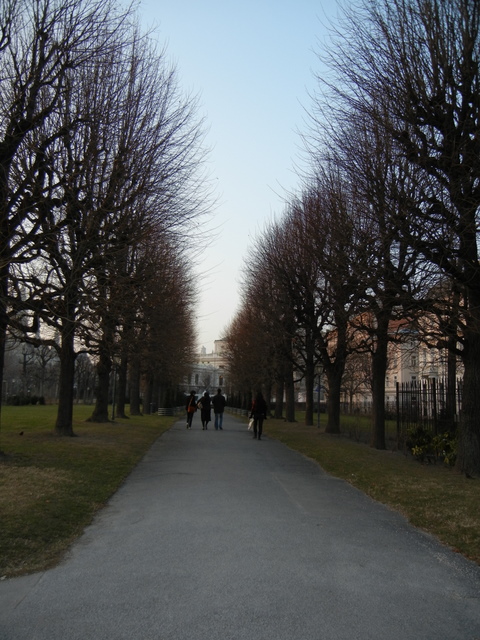
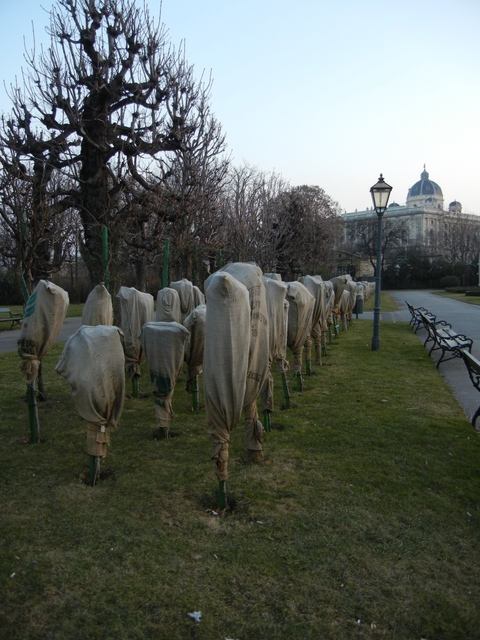

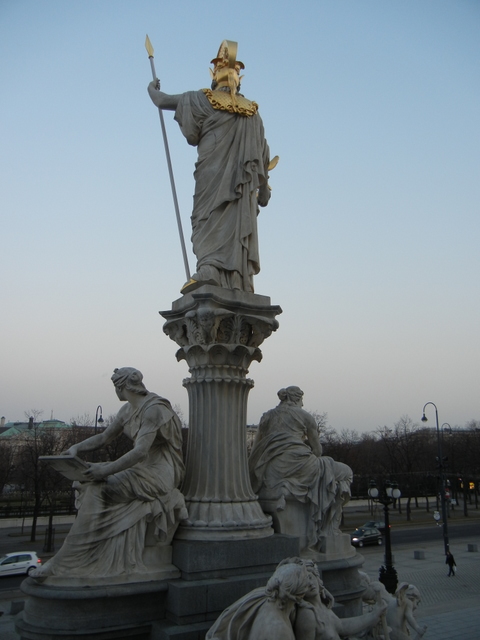
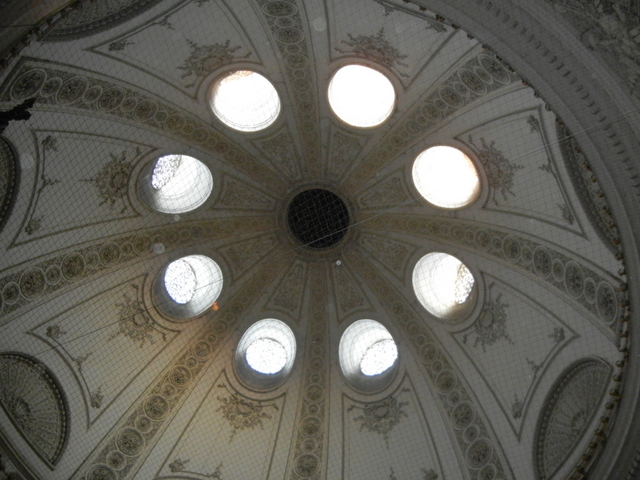
 The Lipizzaner horses are bred on a farm very near Graz.
The Lipizzaner horses are bred on a farm very near Graz. 